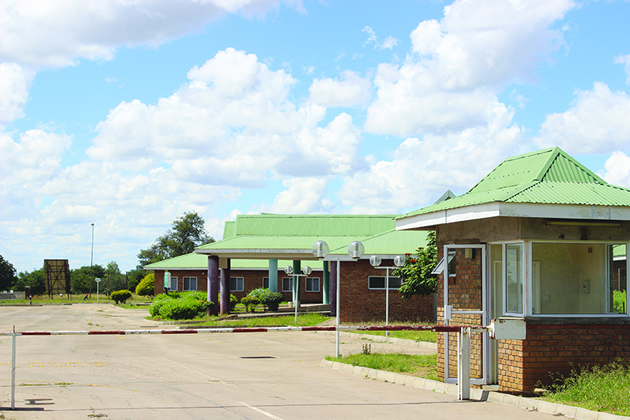Increased sexed semen imports on the cards


Agriculture Deputy Minister (livestock ) Cde Paddy Zhanda inspects tomatoes produced at Lingfield Farm owned by Mr and Mrs Karimazondo yesterday
Patrick Chitumba, Midlands Bureau Chief
The Government plans to increase the importation of semen for artificial insemination as a strategy to increase the dairy herd and ensure improved milk output, a senior official has said.
The dairy sector targets to increase national milk production from an average of 45 million litres to over 60 million litres a year.
In an interview on the sidelines of the dairy revitalisation programme tour in Gweru yesterday, Agriculture and Mechanisation and Irrigation development Deputy Minister responsible for livestock, Paddy Zhanda, said the Government was targeting a milk production rise of between 97 million and 100 million litres per annum by 2020.
As such, he said, “sexed semen” had a greater chance of giving farmers more heifers and increasing the national herd. Artificial insemination refers to a deliberate process of putting sperm or semen into a female’s uterus or cervix for the purpose of achieving a pregnancy through in vivo fertilisation by means other than sexual intercourse. The model is common in the livestock sector.
Zimbabwe requires at least 120 million litres of milk annually, meaning the milk that is being produced at the present moment is less than half of the national requirement.
“We have already made a decision now to accelerate the importation of sexed semen and make it available to every dairy farmer who wants to use sexed semen. The beauty of that is that it quickly gives us the number of heifers that we want and obviously it means we are going to be quick in increasing milk production and to meet our target. If we had not visited these farmers we would be in the dark,” said Zhanda.
He said the Government’s dairy revitalisation programme was already yielding positive results for the country.
“We want to embark on the second stage of revitalisation of dairy heifers. In the Midlands farmers have quadrupled their volume of milk compared to 2014. That is the objective of the programme because we want dairy farmers to continue to grow as this is a sector that has registered growth. We were on 45 million litres of milk per year but now we are at 60 million litres per year.
“Our objective is to produce 100 million litres by 2020 as a country. So basically we should be quick on the mark and improve as a sector. I am excited about dairy farmers in Midlands as well as those in Manicaland. We are now going back to the drawing board to see how best we can assist the farmers,” said the Deputy Minister.
@pchitumba1









Comments